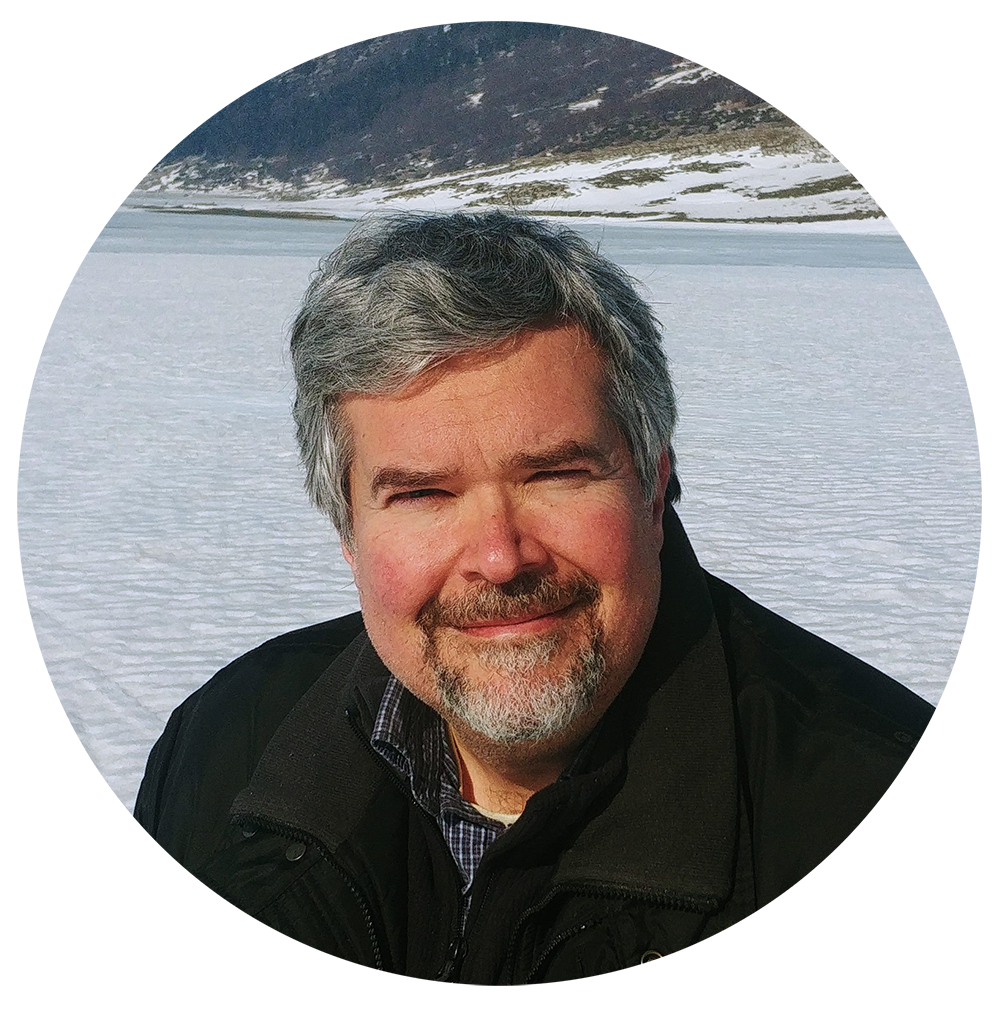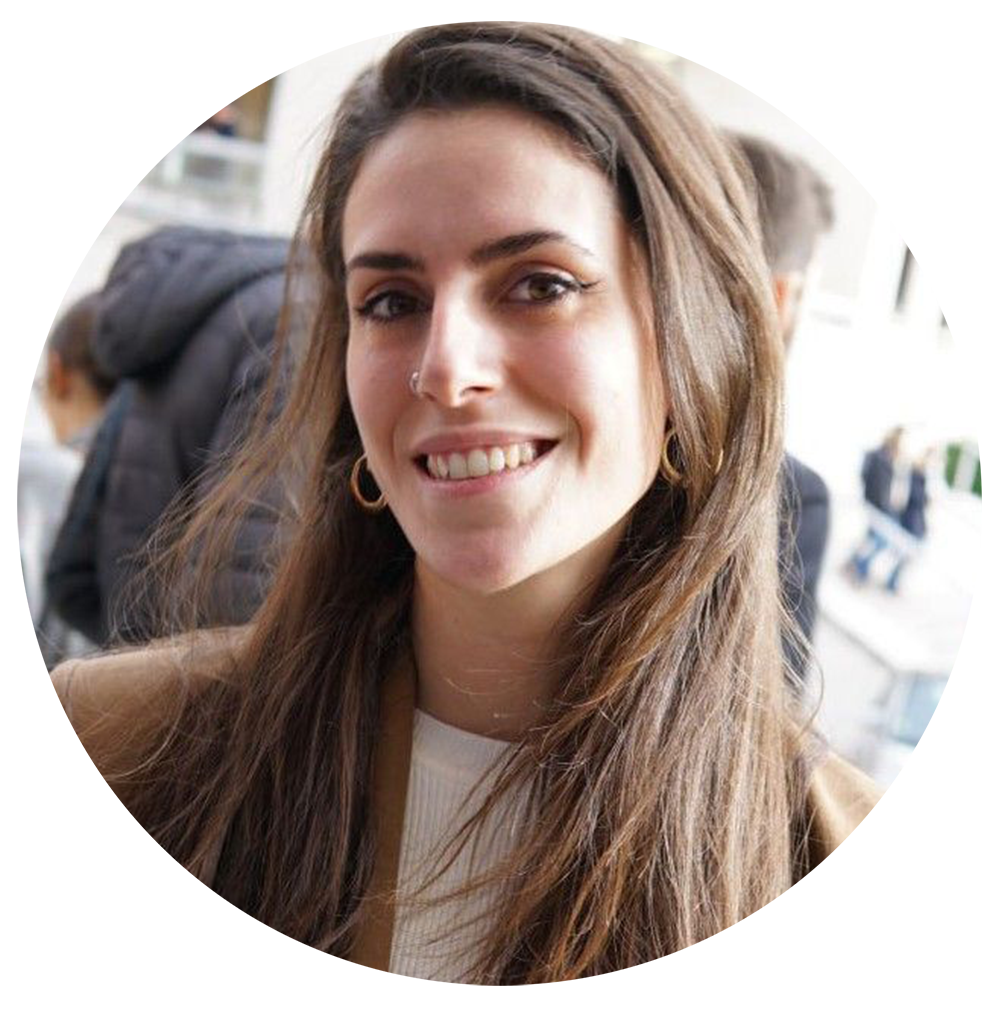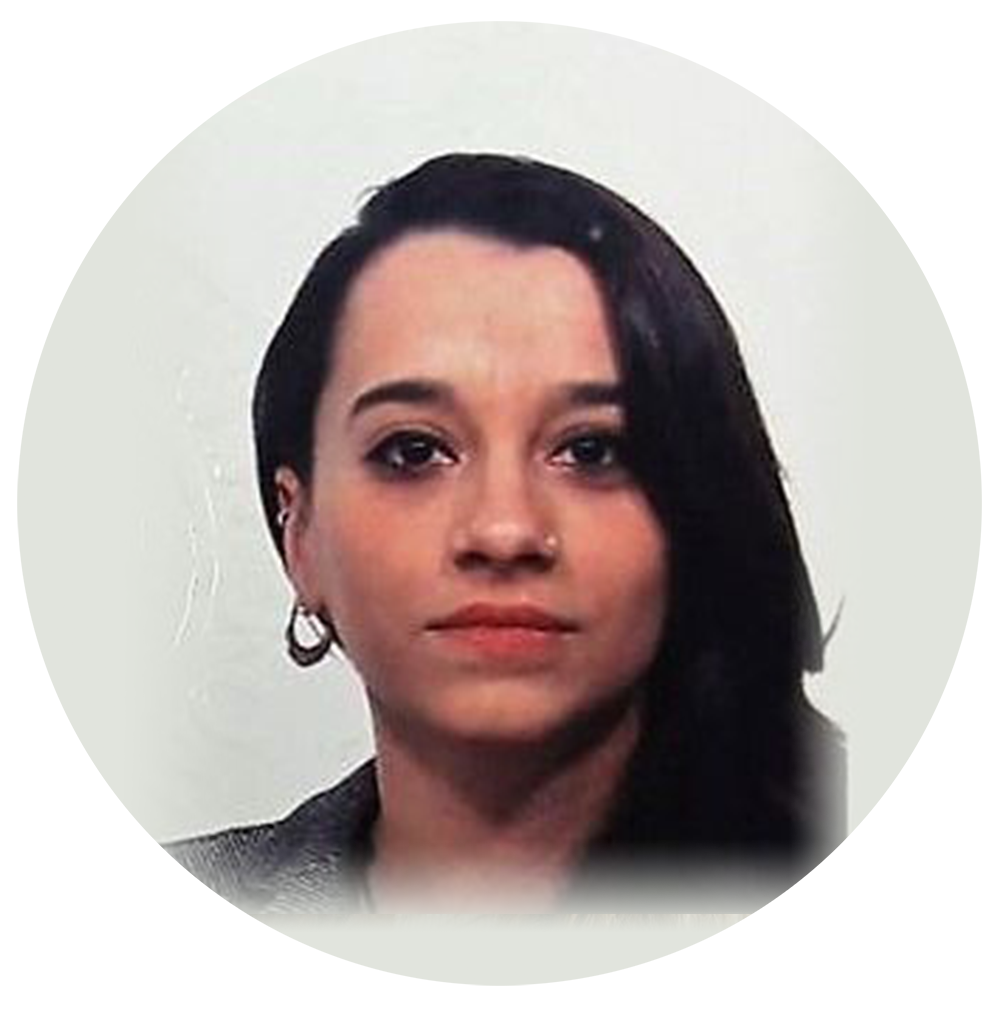Scenarios for Nature Futures .
Work package lead: Vrije Universiteit Amsterdam (VUA)
Work package co-lead: University La Sapienza Roma (US)
Vrije Universiteit Amsterdam:

Prof. Dr ir. Peter Verburg
Work package 5 Lead

Anandi Sarita Namasivayam
PhD student

Evelina Sandström
Modelling Team
University La Sapienza Roma:

Prof. Dr Carlo Rondinini
Task Lead

Alessandra
D’Alessio
PhD student

Claudia Fornarini
Research Fellow

Prof. Dr Moreno Di Marco
Task Lead

Dr Marta Cimatti
Post Doc
Background
Better connectivity of biodiverse areas for the TEN-N can be established through a variety of strategies like conservation, restoration or the development of multifunctional green infrastructure. In order to establish actionable, coherent and resilient strategies, it is important to ensure these are embedded and compatible with broader societal visions, policy targets and plausible socio-ecological development pathways for the future. Therefore, work package 5 develops scenarios to indicate future developments in climate and land-use change that could constrain or enable the development of the TEN-N.
The purpose of the work package:
Work package 5 is focused on understanding the effects future climate and land-use scenarios may have on the development of the TEN-N. Narrative scenarios will be developed based on the Nature Future Framework. We seek to understand how peoples’ relationships with nature can change based on the values they ascribe to it, and what this means for the TEN-N. This also helps to understand how different strategies can emerge based on whether nature is predominantly valued for its intrinsic value, its cultural significance, or for the benefits it provides to society.
Next, the scenarios are simulated in land use models, to quantify the effects they could have on land systems. The effects of climate scenarios will also be modelled, and the outcomes of both land-use and climate change models will be used to inform spatial planning for the TEN-N. Specifically, the model outcomes will help to identify opportunities and constraints for the development of the TEN-N, and a number of possible different configurations can be designed. Finally, the land-use models will also be run again with these different TEN-N configurations to evaluate the consequences and efficacy of the TEN-N in these dynamic future contexts. Thus, work package 5 assists with both the development of the TEN-N and evaluation of how it may perform.
What are we addressing in this work package?
We want to contribute to the design and development of a blueprint for the TEN-N that is actionable and of high relevance to stakeholders. For this, we want to ensure that proposed configurations of the TEN-N are robust, coherent and resilient. To this end we will develop methods and create knowledge that will enable the proposed TEN-N to meet its set objectives under changing climate and land-use.
Our solutions
Work package 5 mainly contributes to ensuring the robustness, coherence and resilience of the TEN-N.
1. Robustness is the ability to address multiple values and priorities. With the scenario development along the lines of the Nature Futures Framework, we aim to represent these multiple values and priorities and also what kind of effects these may have on the TEN-N development.
2. Coherence refers to the spatial aspects of the TEN-N design being feasible, adequate and functional. The aspects will be indicated in part by the land-use model runs.
3. Resilience is determined by the ability of the TEN-N design to deal with challenges imposed by climate and land-use change. We will account for the uncertainty of different RCP scenarios and a range of GCMs considering different aspects of climate change such as the climate velocity and the magnitude of change. The resilience of the TEN-N designs is tested during the runs with both the climate and land-use models.

